Australian Tropical Rainforest Plants - Online edition
Ficus albipila (Miq.) King
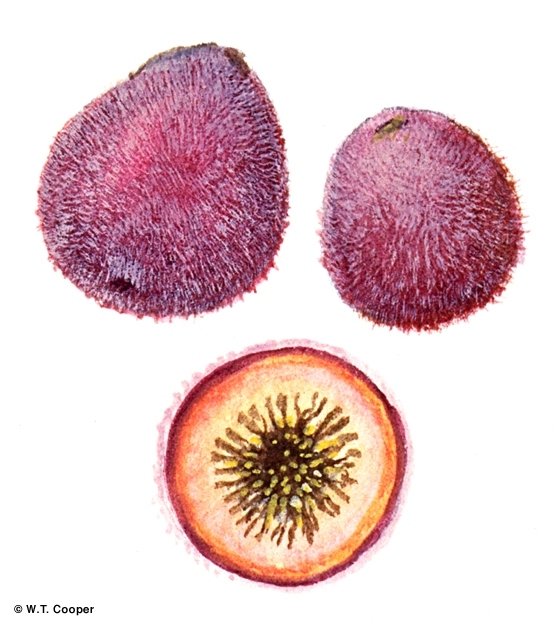

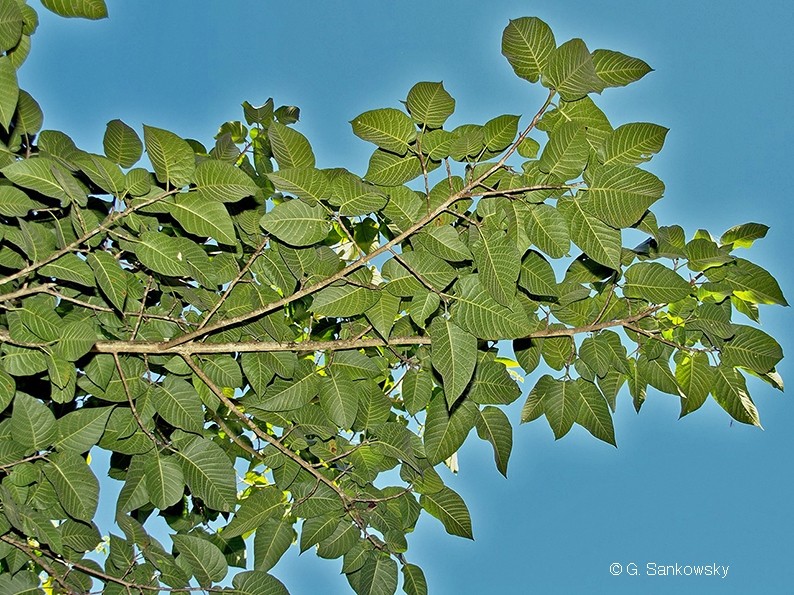



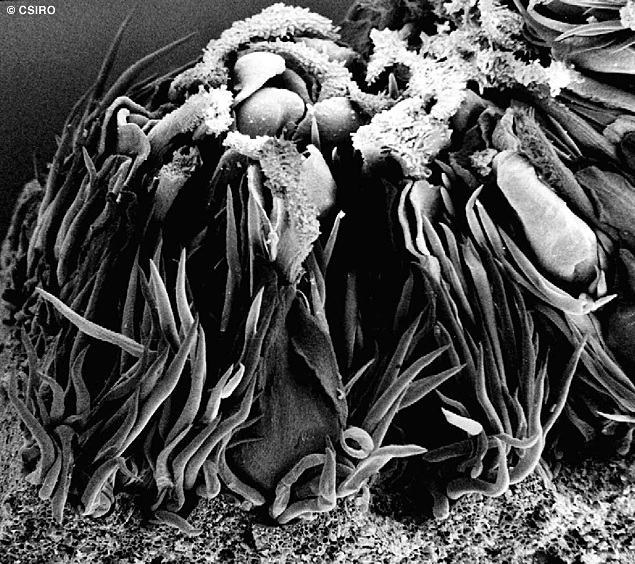
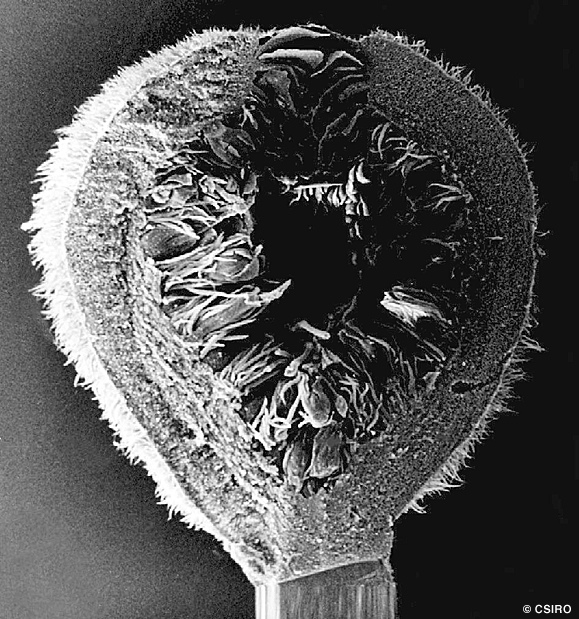
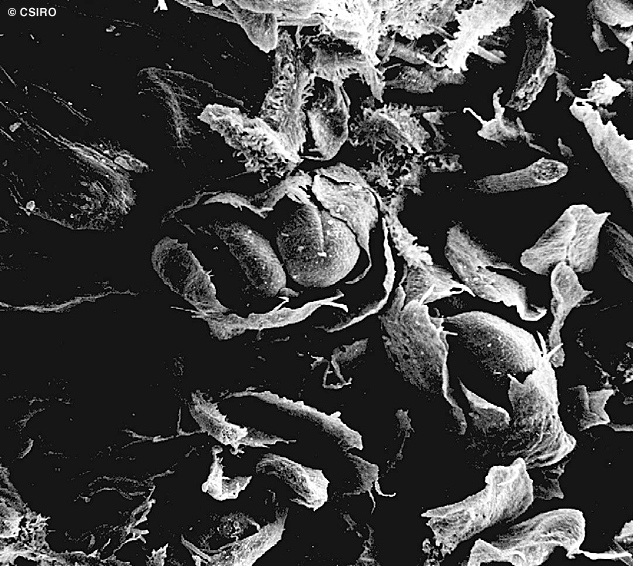
King, G. (1888) Annals of the Royal Botanic Garden, Calcutta 1(2) : 179.
Abbey Tree; Figwood; Fig; Fig, Poison; Poison Fig
Usually not a strangling fig. Bark flakes transparent, the green subrhytidome layer being visible through the flakes. Blaze odour somewhat unpleasant. Exudate watery milky, sometimes irritating to the skin.
Petioles and twigs produce a creamy or milky exudate. Leaf blades about 15-18 x 7-10 cm. Stipules about 0.8-1.5 cm long, densely clothed in fine white prostrate hairs. Younger twigs and petioles clothed in whitish hairs. Oil dots visible with a lens on both the upper and lower surfaces of the leaf blade.
Figs pedunculate, +/- pyriform, about 12 x 12 mm, pubescent on the outer surface. Orifice closed by interlocking apical and reflexed internal bracts.
Cotyledons very small, oblong to orbicular, about 2-3 mm long. At the tenth leaf stage: leaf blade broadly obovate, apex acuminate, base obtuse, margin deeply and irregularly serrate, hairy on the upper surface, upper and lower surfaces somewhat sandpapery; oil dots small, visible with a lens; stipules narrowly triangular with a few pale hairs. Seed germination time 17 to 30 days.
Occurs in CYP and NEQ. Altitudinal range from near sea level to 300 m. Grows in well developed lowland and upland rain forest on a variety of sites but is a characteristic component of the gallery forest on the creeks and rivers of Cape York Peninsula where appreciative, but still hungry, pigs beat distinct narrow paths from one tree to another during the fruiting season. Also occurs in SE Asia and Malesia.
Fruit eaten by Fruit Pigeons. Cooper & Cooper (1994).
Copious white sap flow, cutters claim extremely irritant. S. Dansie





